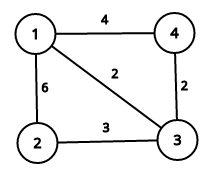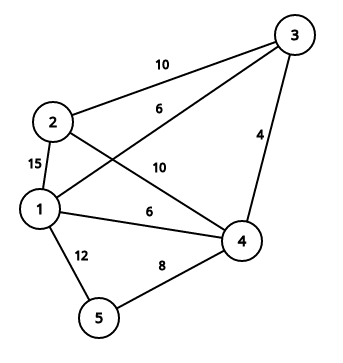time limit per test1 secondmemory limit per test256 megabytesinputstandard inputoutputstandard outputLittle Mishka is a great traveller and she visited many countries. After thinking about where to travel this time, she chose XXX — beautiful, but little-known northern country.
Here are some interesting facts about XXX:
- XXX consists of n cities, k of whose (just imagine!) are capital cities.
- All of cities in the country are beautiful, but each is beautiful in its own way. Beauty value of i-th city equals to ci.
- All the cities are consecutively connected by the roads, including 1-st and n-th city, forming a cyclic route 1 — 2 — ... — n — 1. Formally, for every 1 ≤ i < n there is a road between i-th and i + 1-th city, and another one between 1-st and n-th city.
- Each capital city is connected with each other city directly by the roads. Formally, if city x is a capital city, then for every 1 ≤ i ≤ n, i ≠ x, there is a road between cities x and i.
- There is at most one road between any two cities.
- Price of passing a road directly depends on beauty values of cities it connects. Thus if there is a road between cities i and j, price of passing it equals ci·cj.
Mishka started to gather her things for a trip, but didn't still decide which route to follow and thus she asked you to help her determine summary price of passing each of the roads in XXX. Formally, for every pair of cities a and b (a < b), such that there is a road betweena and b you are to find sum of products ca·cb. Will you help her?
InputThe first line of the input contains two integers n and k (3 ≤ n ≤ 100 000, 1 ≤ k ≤ n) — the number of cities in XXX and the number of capital cities among them.
The second line of the input contains n integers c1, c2, ..., cn (1 ≤ ci ≤ 10 000) — beauty values of the cities.
The third line of the input contains k distinct integers id1, id2, ..., idk (1 ≤ idi ≤ n) — indices of capital cities. Indices are given in ascending order.
OutputPrint the only integer — summary price of passing each of the roads in XXX.
Examplesinput4 1
2 3 1 2
3output17input5 2
3 5 2 2 4
1 4output71NoteThis image describes first sample case:
It is easy to see that summary price is equal to 17.
This image describes second sample case:
It is easy to see that summary price is equal to 71.
水完A题艰难的刷出了B,看到10e5整个人都不好了 这难度梯度也太大了吧摔! 后来想到了乘法分配律O(n)暴力....

首先记录首都节点 然后非首都节点每次连接下一个城市,首都节点则连接除自己和前一个城市外的所有城市,注意重复的情况和i==1,i==n的情况。
附AC代码:
1 #include<iostream> 2 #include<cstring> 3 using namespace std; 4 5 int a[100010]; 6 int v[100010]; 7 8 int main(){ 9 int n,k; 10 memset(a,0,sizeof(a)); 11 memset(v,0,sizeof(v));//初始化为0 12 cin>>n>>k; 13 long long sum1=0,sum2=0; 14 for(int i=1;i<=n;i++){ 15 cin>>a[i]; 16 sum1+=a[i];//所有点值的和 17 } 18 int x; 19 for(int i=0;i<k;i++){ 20 cin>>x; 21 v[x]=1;//记录首都节点 22 } 23 for(int i=1;i<=n;i++){ 24 if(v[i]){//判断是否是首都 25 if(i==1){//1和n时特判 26 sum2+=a[1]*(sum1-a[n]-a[1]); 27 if(v[n]){ 28 sum2+=a[1]*a[n]; 29 } 30 } 31 else{//连接除自身和前一个点外的所有点 32 sum2+=a[i]*(sum1-a[i]-a[i-1]); 33 if(v[i-1]){//若前一个点也为首都则连接两点 34 sum2+=a[i]*a[i-1]; 35 } 36 } 37 sum1-=a[i];//减掉已全连过的首都节点 避免重复 38 } 39 else{//连接自己和下一个点 n时特判 40 if(i==n){ 41 sum2+=a[1]*a[n]; 42 } 43 else{ 44 sum2+=a[i]*a[i+1]; 45 } 46 } 47 } 48 cout<<sum2<<endl; 49 return 0; 50 }

